Left-Handed Violins Explained
It's a sinister topic, but I will dextrously delve into it...
Do All Lefties Need to Play a Left-Handed Violin?
The right-handed or "standard" way of playing the violin is with the bow in the right hand and the violin in the left hand. It's a bit of a misnomer to mention a left-handed violin because it is already played in the left hand. But the hand we are focusing on is actually the bow hand, which is the real voice of playing violin (and, as any advanced player will tell you, actually the more difficult hand to master).
Most left-handed people do not have to purchase and play a left-handed violin. It's not a requirement to playing the violin. Many, many musicians are left-handed and play the violin the typical or "traditional" way just fine. There are countless examples of left-handed musicians; CPE Bach, Sergei Rachmaninoff, Mark Knopfler (of The Dire Straits), Paul Simon (that dude who jammed with Garfunkel) and other famous musicians were lefties who still played their stringed instruments right-handedly (with the bow or pick in the right hand).
However, there are countless players whocannot orprefer not to play violin the "traditional" or "right-handed" way for a variety of reasons.
Valid Reasons to Play Left-Handed
My shop, Fiddleheads, offers lefty violins for people who, without these violins, be unable to play the violin. Many of our customers play left-handed due to physiological reasons such as nerve damage, missing digits, damage from stroke, limited wrist rotation, neck problems turning their head to the left, on so on.
Other customers have such strongly-ingrained left-handedness that they tried and struggled for months to play the violin as it is usually played. Often times such simply picked up an instrument and started playing it "backwards." Famous musicians like Sir. Paul McCartney, Kurt Cobain, Jimi Hendryx (who started out on the viola), and Canadian badass fiddler Ashley MacIssac (read my concert review of him here) taught themselves to play left-handed. I wonder what may have happened it they were discouraged from playing because they weren't allowed by teachers or parents to play left-handed. We sure would have missed out on their brilliance.
Playing a Right-Handed Violin in the Left Hand?
With all due respect to our beloved Ashley MacIssac and the violinists who play left-handedly with a standard (right-handed) violin, there's a solid point to having a violin with the strings and inner workings reversed.
See, typically the high-pitched E-string on the violin is played with the bow at a vertical angle, floor to ceiling movement, and the low-pitched G-string is played with the bow at a horizontal (wall to wall) movement. Without getting into a lot of detail, this makes tonal production and distribution of bow weight on the string a heck of a lot easier than playing with these two angles reversed.
Also, anyone who has watched an advanced player has seen them, in the usual style, shifting their hand to higher positions over the violin will notice it is done usually on the string closest to their hand, the high-E string. When the violinist switches the violin and bow into the left-handed configuration but doesn't switch the strings around, the bulk of the high shifting notes will now be done on the string furthest from the hand. Again, I shall spare details, but this makes for a much, much more difficult time doing something that is already quite difficult enough to learn. It can also add unnecessary strain on your muscles, ligaments and joints.
Ashley didn't alter his violin, so what should be the string closest to the floor is now closest to the ceiling. And his shifts up high are done on the string furthest away from the base of his hand. Whereas Sir Paul, Jimi and Curt reversed their strings so the low string was in the same position relative to the others, and thus his technique didn't have to be altered at all. The latter choice, it is widely agreed, is better for technique.
The only downside? This requires construction of a "lefty" instrument; one made "backwards."
My Long History with Lefties
I started commissioning left-handed violins for Fiddleheads customers in the early 2000s when the demand became so strong it would have been wrong to deny people the opportunity to play. Customers were writing to me asking if I could help them in their search, saying other shops would have turned their noses up to the idea and mocked them for even suggesting such a "ludicrous" search. Yikes!
Not subscribing to elitist nonsense in the violin world (I mean, I am a self-taught symphony musician, a total outcast in some stuffy circles!) I was happy to fulfill their requests. I've since seen countless players elated to get into playing the violin thanks to general open-mindedness and a desire to help.
It's been very rewarding. Many customers of mine have written saying how much easier it is to play their lefty violin than the standard violin they had previously. I've even been called "Advocate for the Lefties" and "Queen of the Left-Handed Violinists," which makes me laugh because I am, myself, a right-handed player. What a poser.
What's the difference between a true left-handed violin and one strung in reverse?
The inner workings of a violin, like the bass bar, sound post and the way in which the plates are carved, are what support the various frequencies and give a violin the best tone.
So a violin with the strings reversed or flippped around without being MADE to play left-handed is like rewiring your stereo to put low frequencies through the tweeters and the high end through bass woofers. The sound is no good, not to mention the right-handed angle of the neck makes playing more difficult.
Our true left-handed violins are just like the regular models, but made from scratch specifically for left-handed players. Reversed bass bar and sound post, reversed chin rest, reversed strings/pegs/bridge and neck angle all make for a custom instrument without a huge custom price tag.
Some makers will take a right-handed violin and alter it to be played left-handed. But even if it is done properly from the inside-out, sadly this means the violin has to be taken apart at the seams and the plates re-graduated (carved out). Since one cannot add wood back to the plate (front or back of the violin), the plate will still be too thin in some areas. It's really not advisable to do this to a violin and is better to build it right from scratch.
How Our Lefty Violins are Properly Constructed from Scratch
The difference between a true left-handed violin and one strung backwards is considerable.
There are a few things going on inside a violin. It's not just an empty box. The inner workings of a violin, the a bass bar and sound post, coupled with how the plates (back and front) are carved are what support the various frequencies and give a violin the best tone.
So a violin with the strings reversed without being MADE to play left-handed is like rewiring your stereo to put low frequencies through the tweeters and the high end through bass woofers. Picture a stereo setup improperly: the sound would be terrible, boomy on the high end and thin on the low end. This would happen with your violin's sound, and of course the right-handed angle of the neck and bowing that fights gravity and physics would make playing so much more difficult.
Our true left-handed violins are just like the other violins in our Fiddleheads Sun Series, but made from scratch specifically for left-handed players.
All these factors are reversed:
-
Bass bar
-
Sound post
-
Neck angle
-
Fingerboard angle
-
Chin rest
-
Peg and peg hole arrangement
-
Bridge carving and setup
-
String installation
The Slightly Higher Price Really is Worth It
When I commission special lefty violins from my skilled makers for my shop they are aware of the tedious process involved in doing it properly and not just stringing it backwards or taking more wood off an already carved plate. They also have to start from scratch, not using a violin which is already on the way to being completed in their workshop, just for Fiddleheads. In fact, a few of our lefty makers have decided it is not worth the trouble for a rare few orders and are not taking the projects anymore even with the up-charge.
There is a slightly increased cost to have lefty violins built and setup for our customers. This is due to the fact that making a violin "backwards" properly is not as easy as it would seem. When a luthier has trained for many years to make a violin one way so automatically, it's really not the simple matter of just reversing the process it, despite what some makers may claim.
I imagine this is very much like trying to drive a car with the steering wheel on the other side, or drawing a picture of your home's floor plan backwards. Making a lefty violin takes longer and has to be checked more frequently as it is made to assure the quality is the same as that of our right-handed violins.
I don't know of many shops making and providing a true left handed violin like Fiddleheads. I am confident ours are the absolute best for price and quality. Many shops who claim to provide lefty violins are cheating; only restringing right-handed violins backwards.
Even with the rise in price for a lefty, it is nothing compared to the costs of having a regular violin altered by a luthierandknowing it is being done correctly without any harm to the instrument. Remember the woofers and tweeters analogy about building the violin right from the start? Be sure you aren't buying a violin that has only been restrung after the fact.
Any Downsides to Playing a Lefty Violin?
You may ask, are there any downsides to fulfilling the "sinister" (literally the Latin word for "left") desire to play left-handed?
Well, economically-speaking, in a lefty you have less options and the lefties cost a bit more. Sparing details for now, a true lefty violin must be made as such from scratch and not just restrung backwards. I'll get into the details later in this article. Also, though I sell a set number of left-handed models at my shop, I am always happy to have many of our other models custom-made into a lefty for you by request.
Some anti-lefties insist it's hard to find a place in an orchestra when a player is out of place (“sword-fighting” with your stand partner’s bow because their bow comes from the opposite direction!) I've seen a few concerts with left-handed violinists and usually they just have their own stand in the back row so their would-be stand partner doesn't get an enthusiastic up-bow (deadly symbol "V") in the eye socket.
My experience working as a teacher with lefties in lessons to be quite a hoot! Here, standing face to face with my student is much like looking in the mirror. This makes the student's emulation of my bow and fingering movements that much easier and always reminds me exactly how incredibly right-handed I really am when I try their violin! It reminds me that they must feel the same way playing a right-handed violin.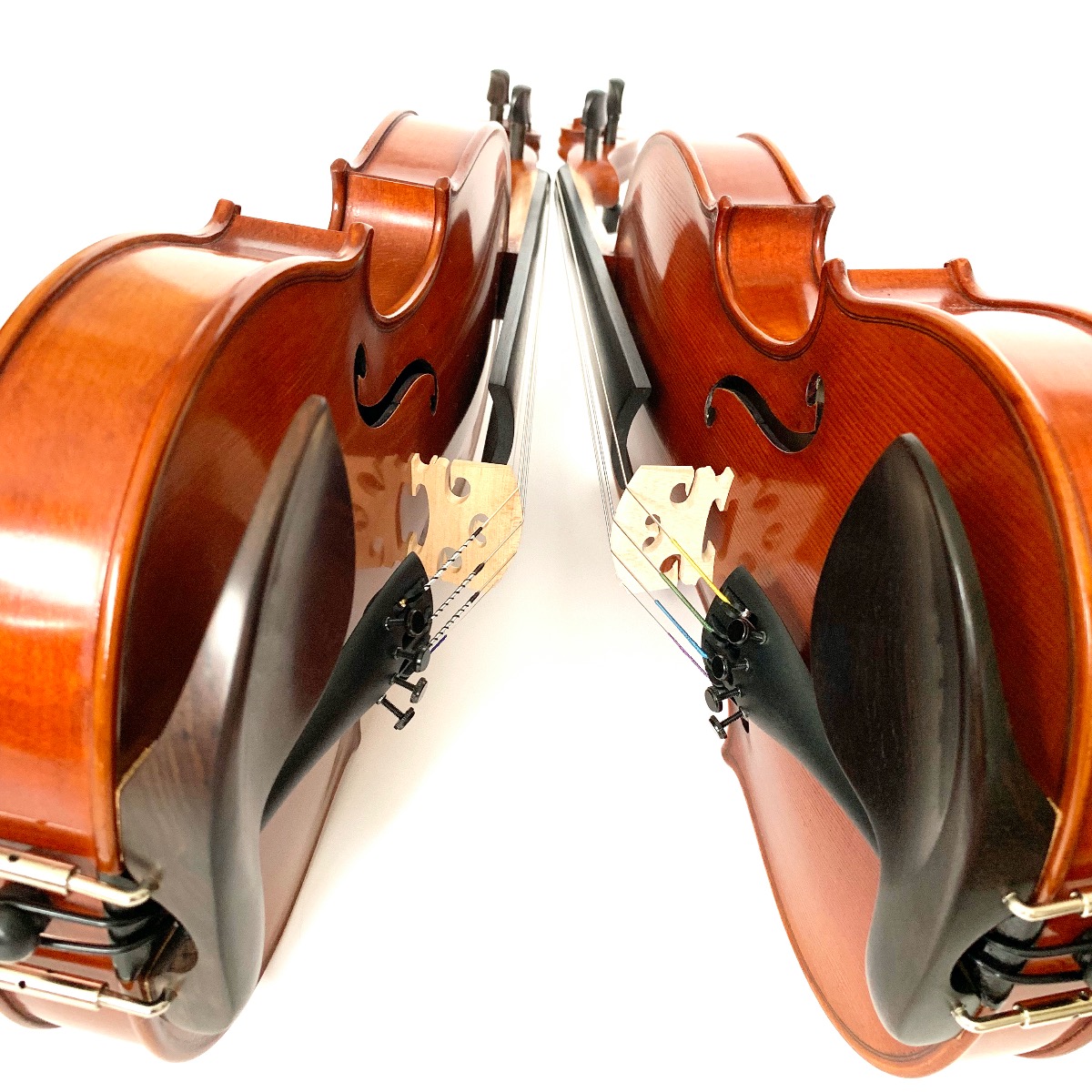
Should You Play Left-Handed?
I am asked this question all the time. As teacher and musician myself, I still encourage players to seek the “standard” way of playing first if at all possible. You will have more options in instruments and have one less stigma to face in dealing with some teachers and groups. That said, I would never turn my nose up to the idea of a player choosing this path if it feels right.
For lefties who question what would be best for them, try playing a violin the traditional way and see how it feels. Remember, no one picked up a violin the first time, played a jig and exclaimed, "Wow, this is so comfortable and sounds so pleasing to my ears!" The violin is a bugger of an instrument to learn, let alone to master, so be patient and give it your best shot right-handed if you can. It may be a bit harder for you to master the bowing to start, but most lefties manage okay after a while and tend to have a "dextrous" (mind the pun) fingering hand!
Still frustrated, ready to throw in the towel? The next step is to try a right-handed violin played "backwards" and see how it feels. This is usually a strong determining factor in which instrument you would be most comfortable playing. This will determine how left-hand dominant you really are and you can decide if you will switch over. Sir Paul started one way, switched to the way that worked for him, and the rest is history!
Of course, if you have a physiological reason to seek a left-handed violin, such as an injury and strong physical limitation you may want to skip the step of pushing yourself to play the standard way. This is especially the case if you are missing digits/limbs or are physically incapable of holding the violin or bow without switching around. That's a far easier assessment to make.
Thanks!
Whichever route you choose, I hope this information is helpful to players who require left-handed violins and that my shop will earn your business and trust.
The most important thing to me is that you are making music, however you prefer to do it, and that you love it!

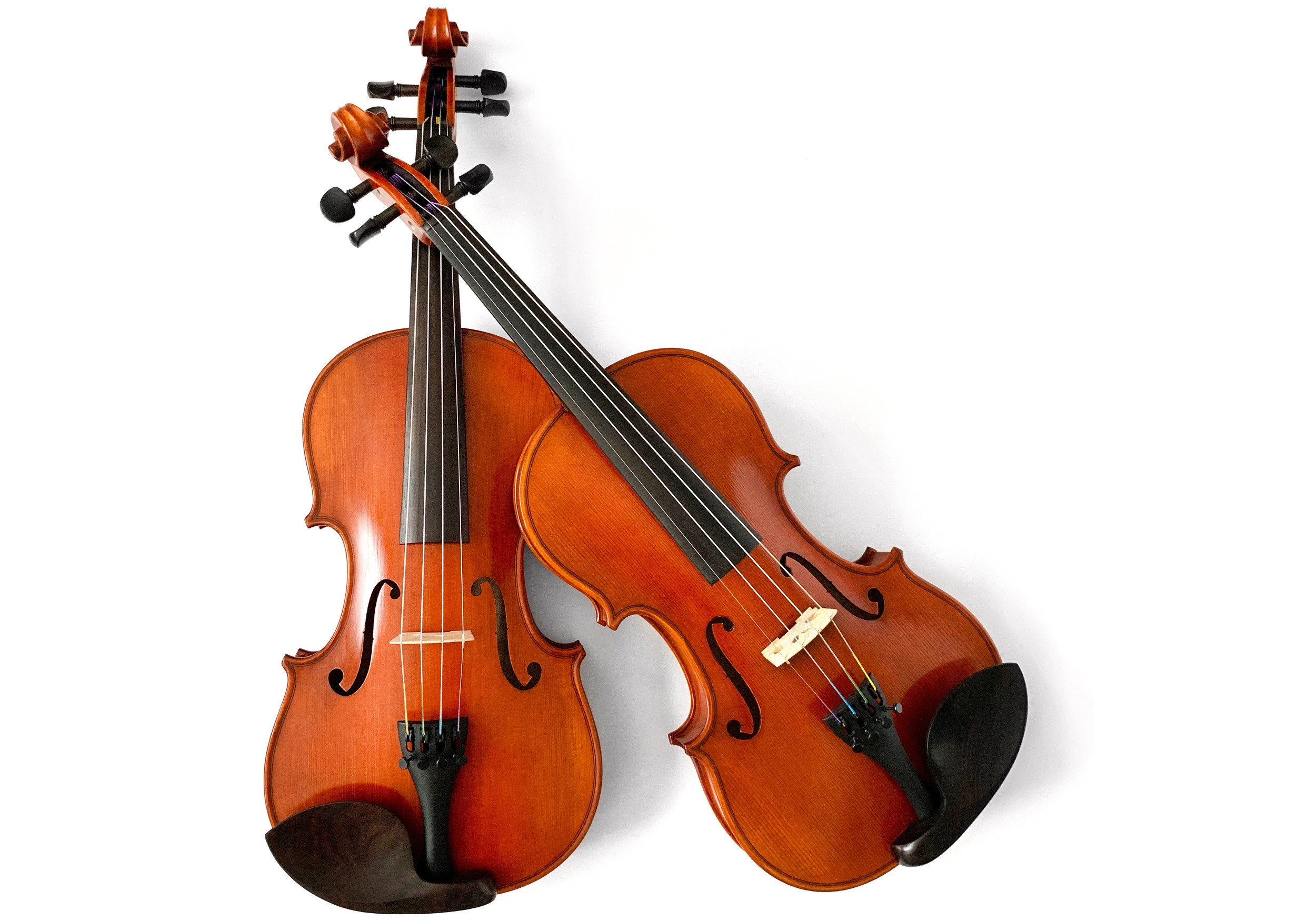
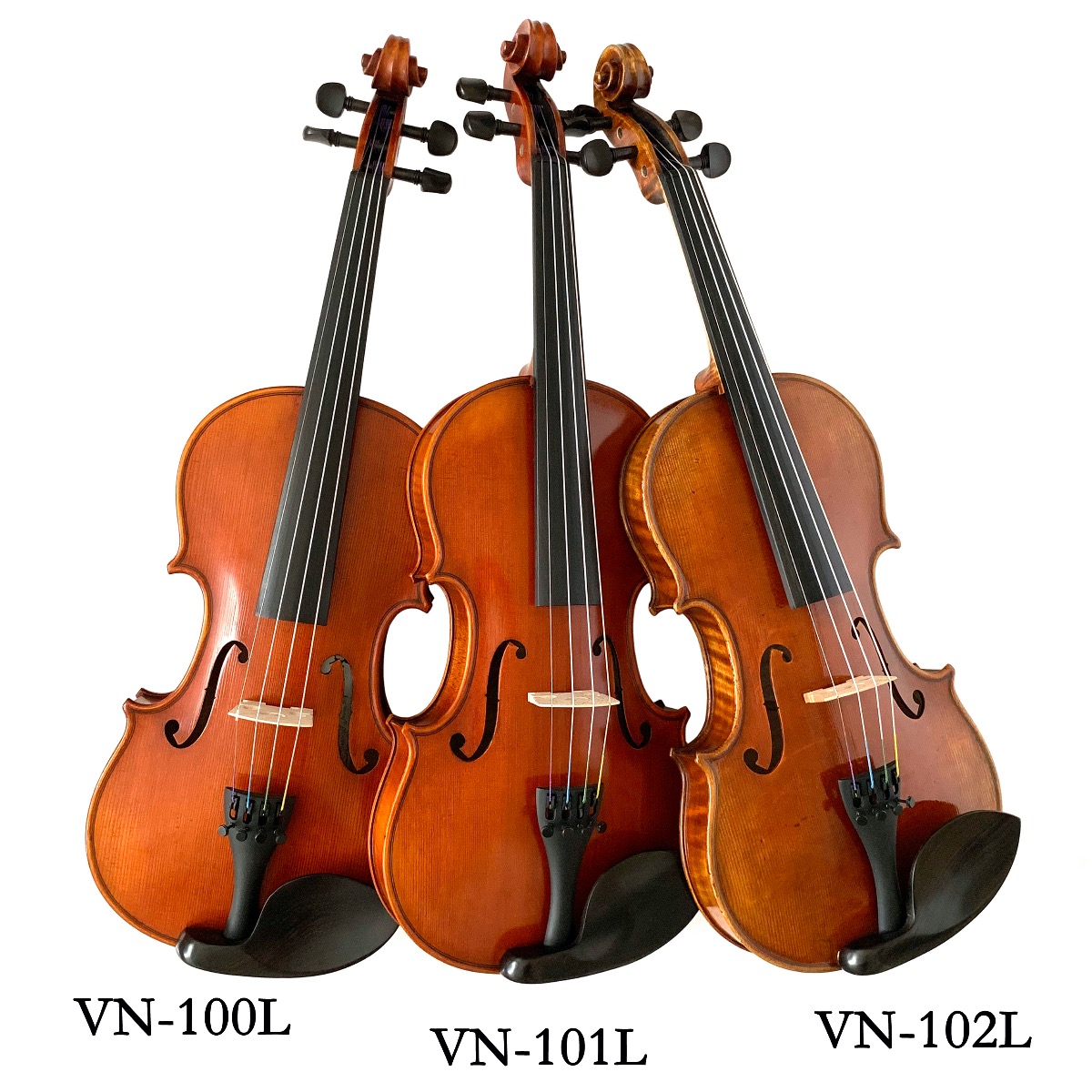
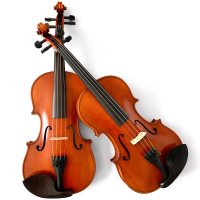



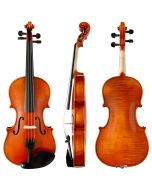
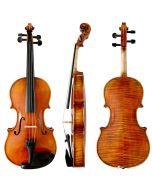
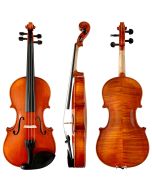
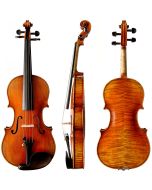


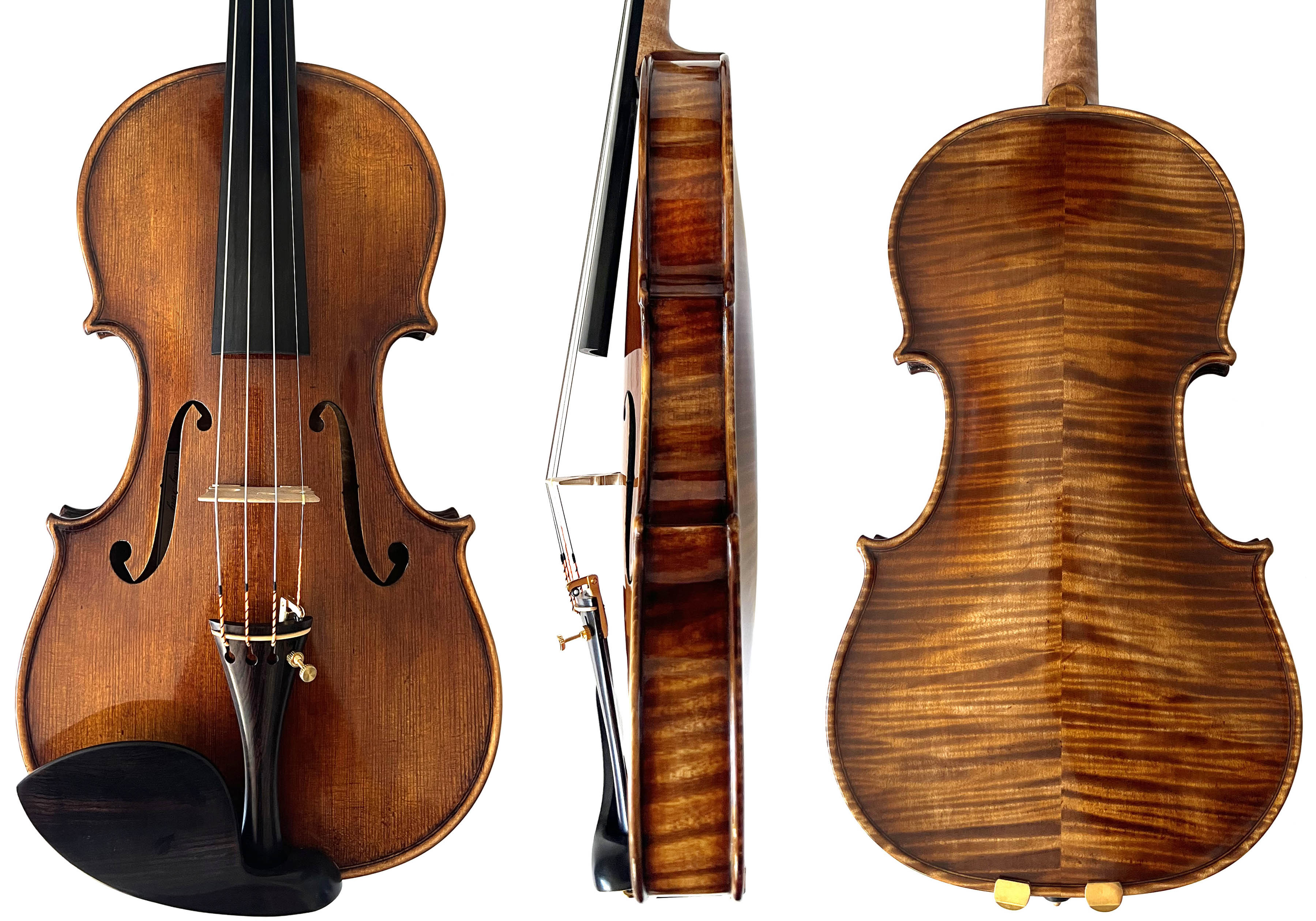

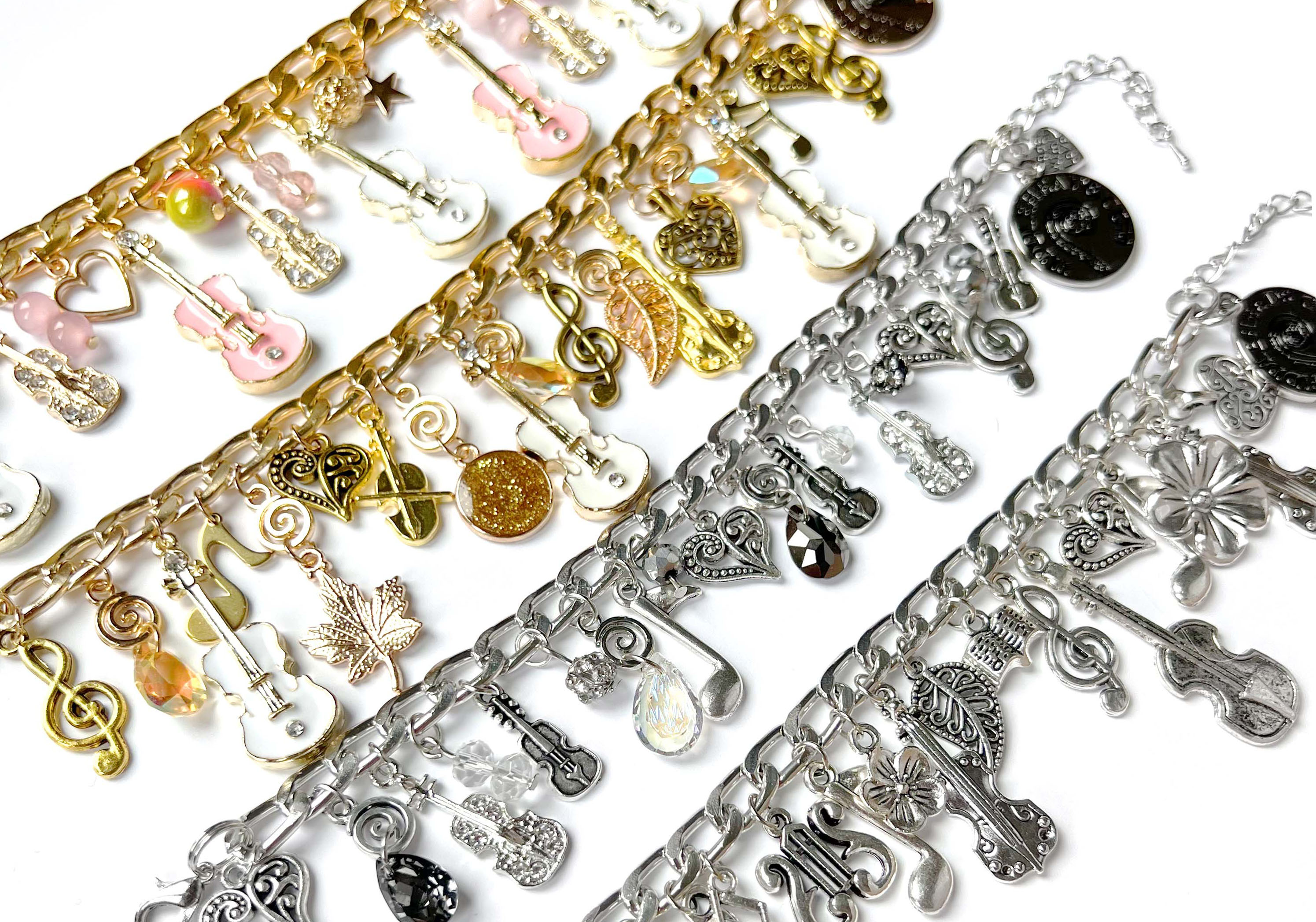
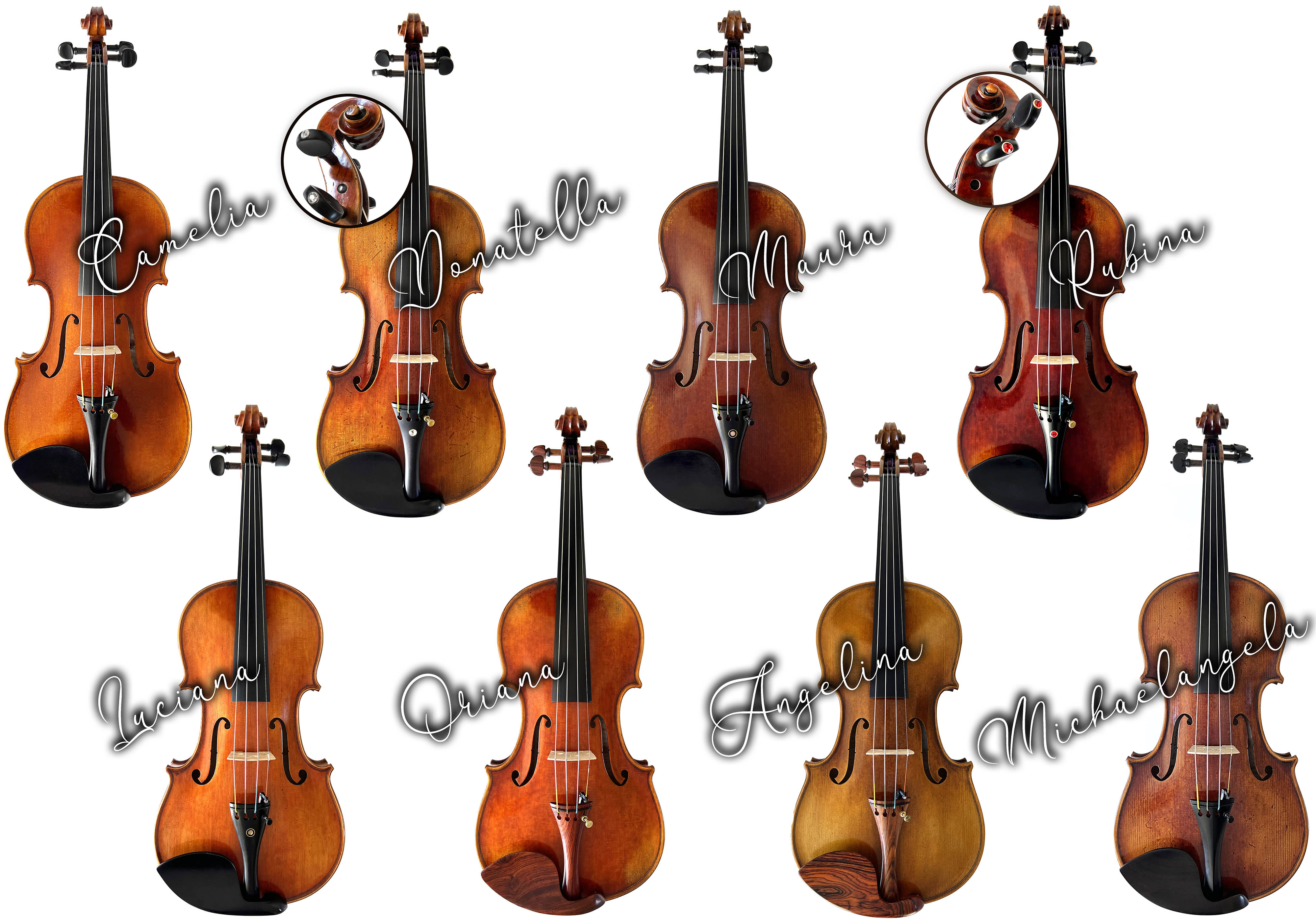
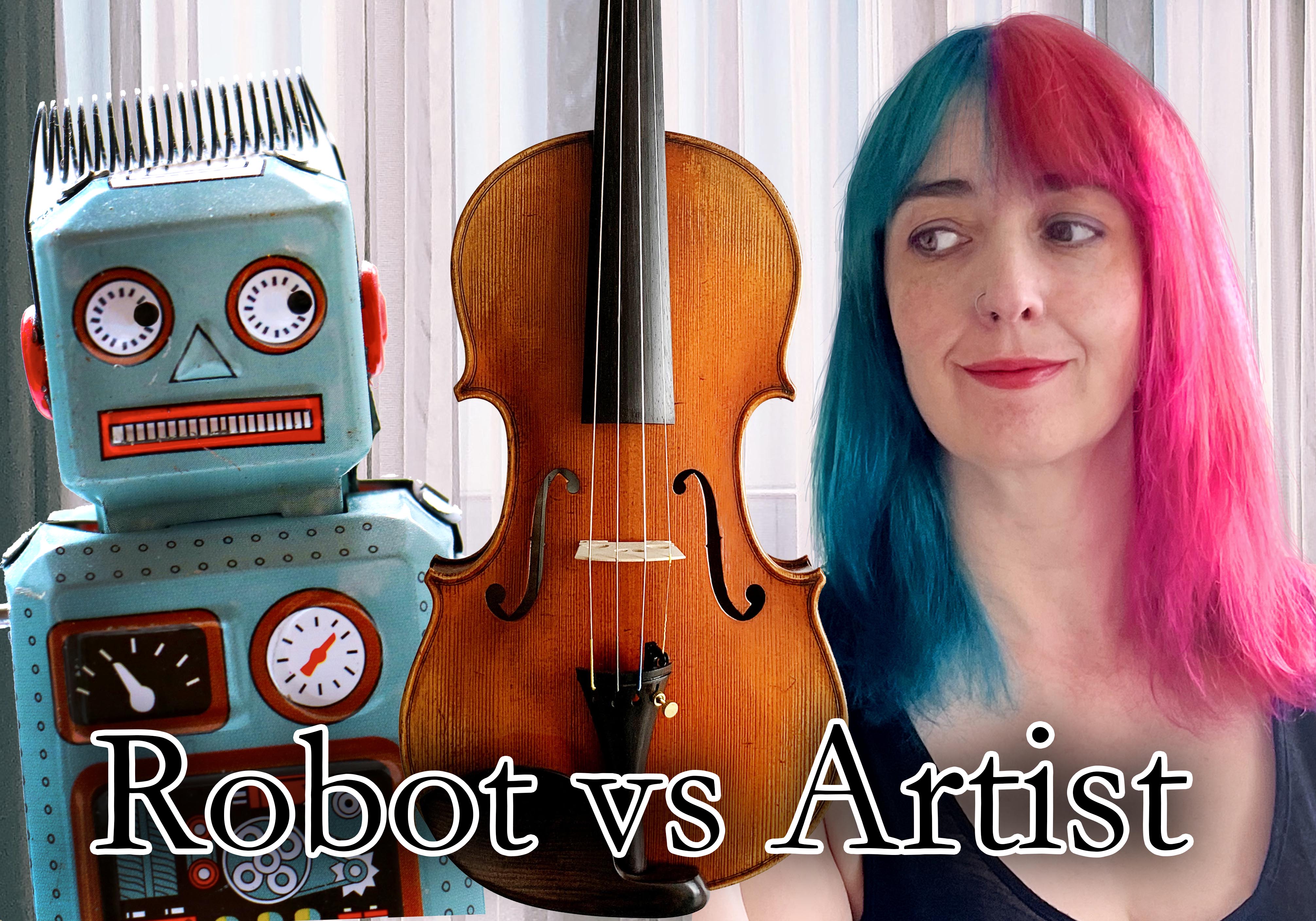
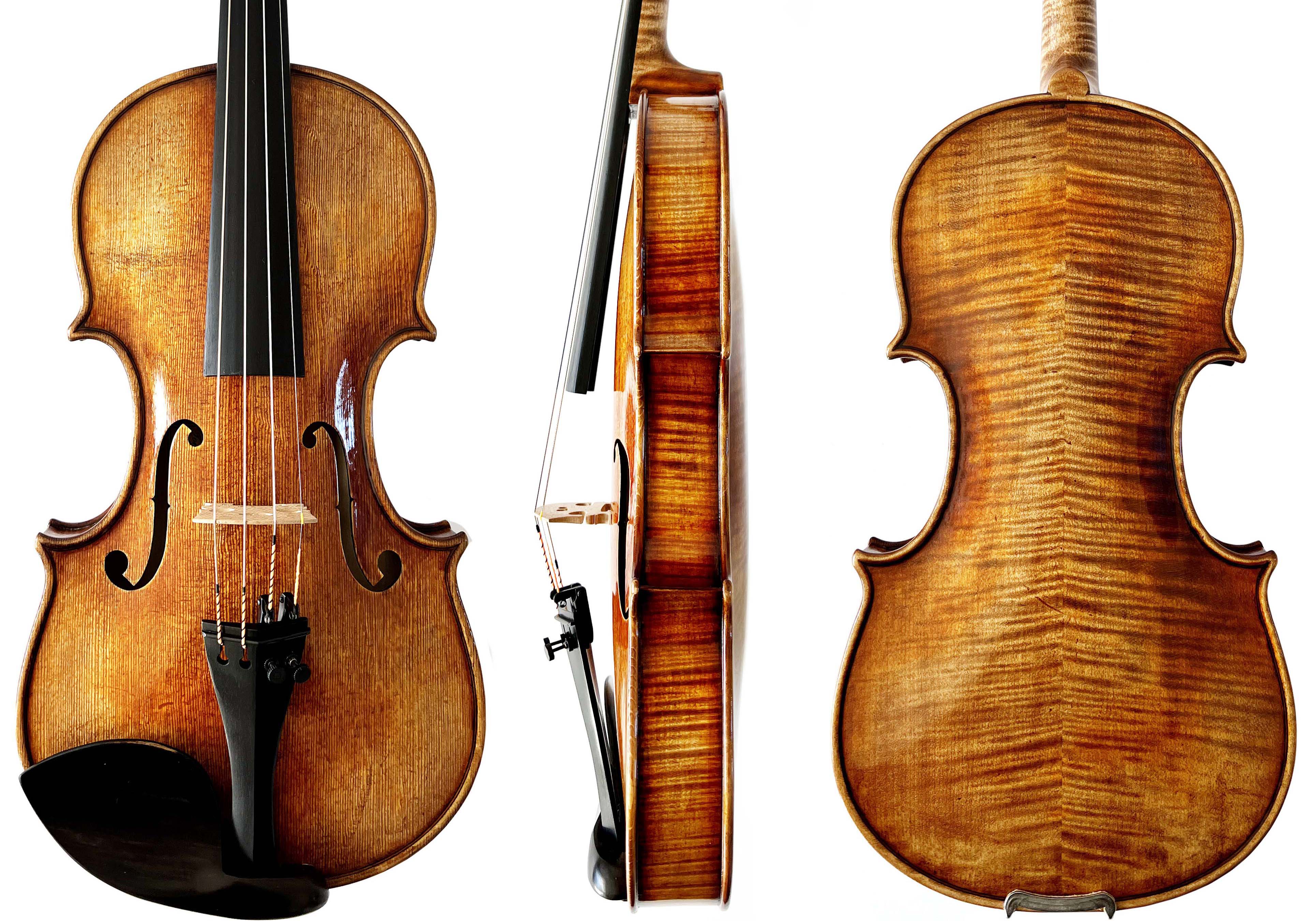

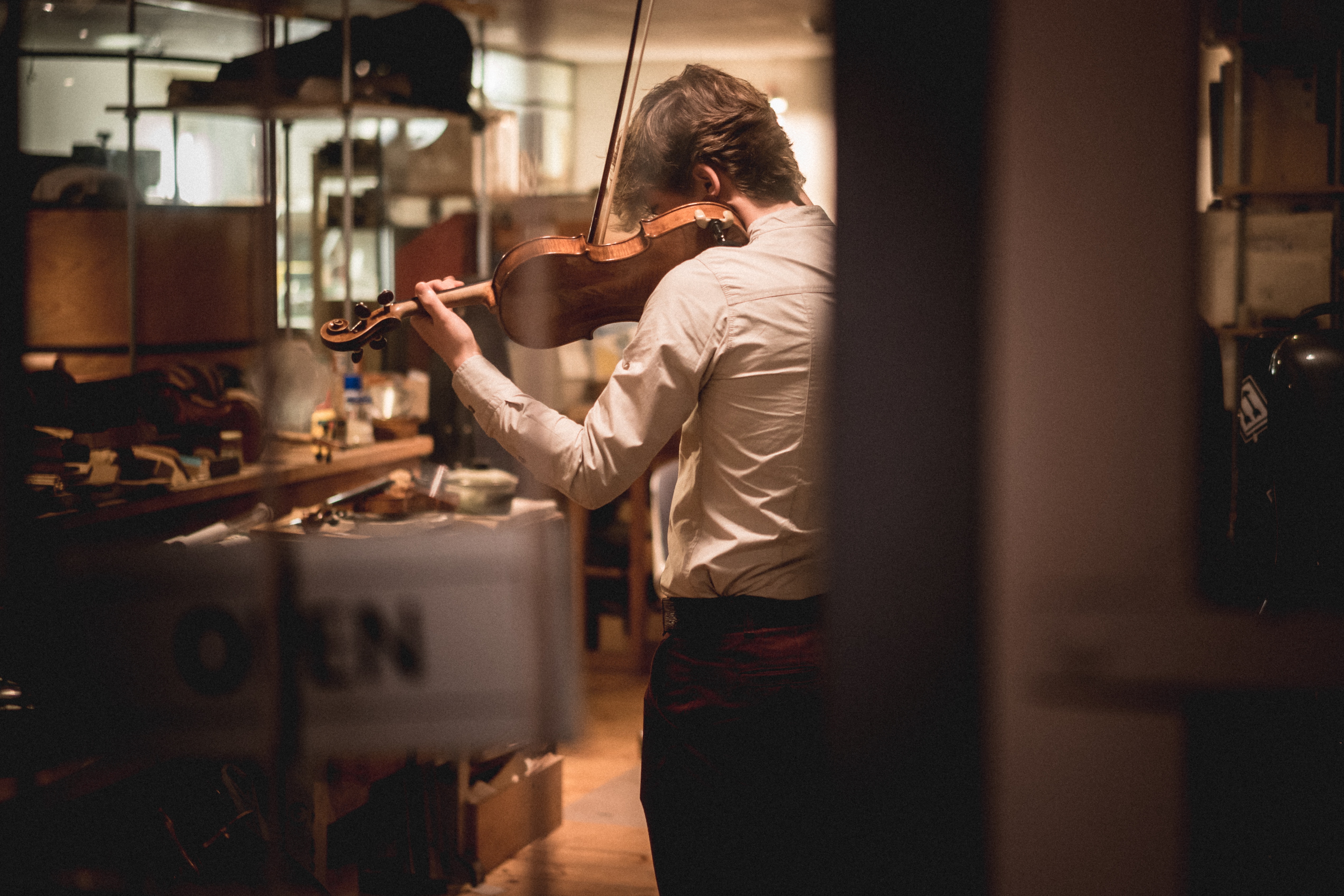
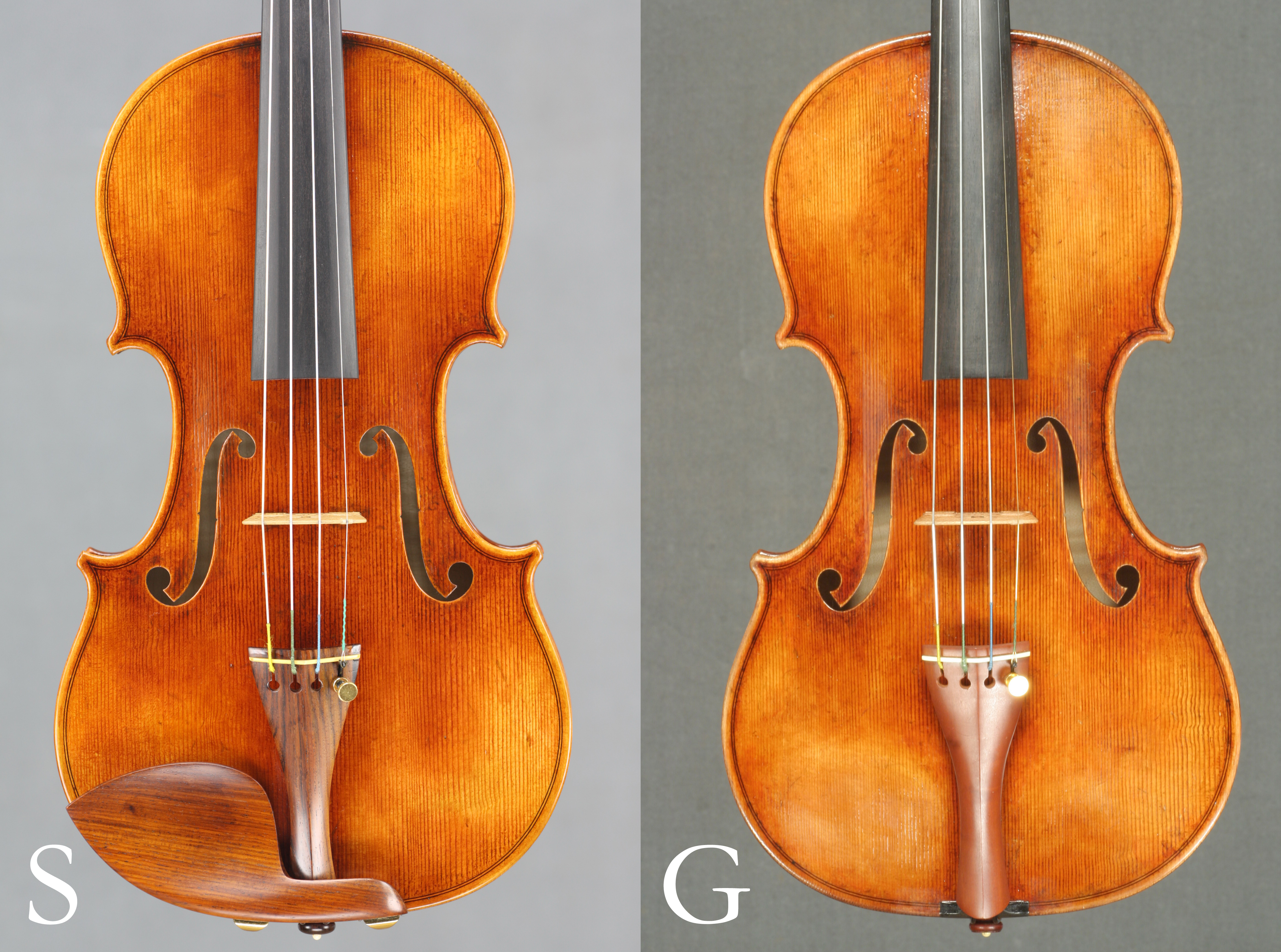
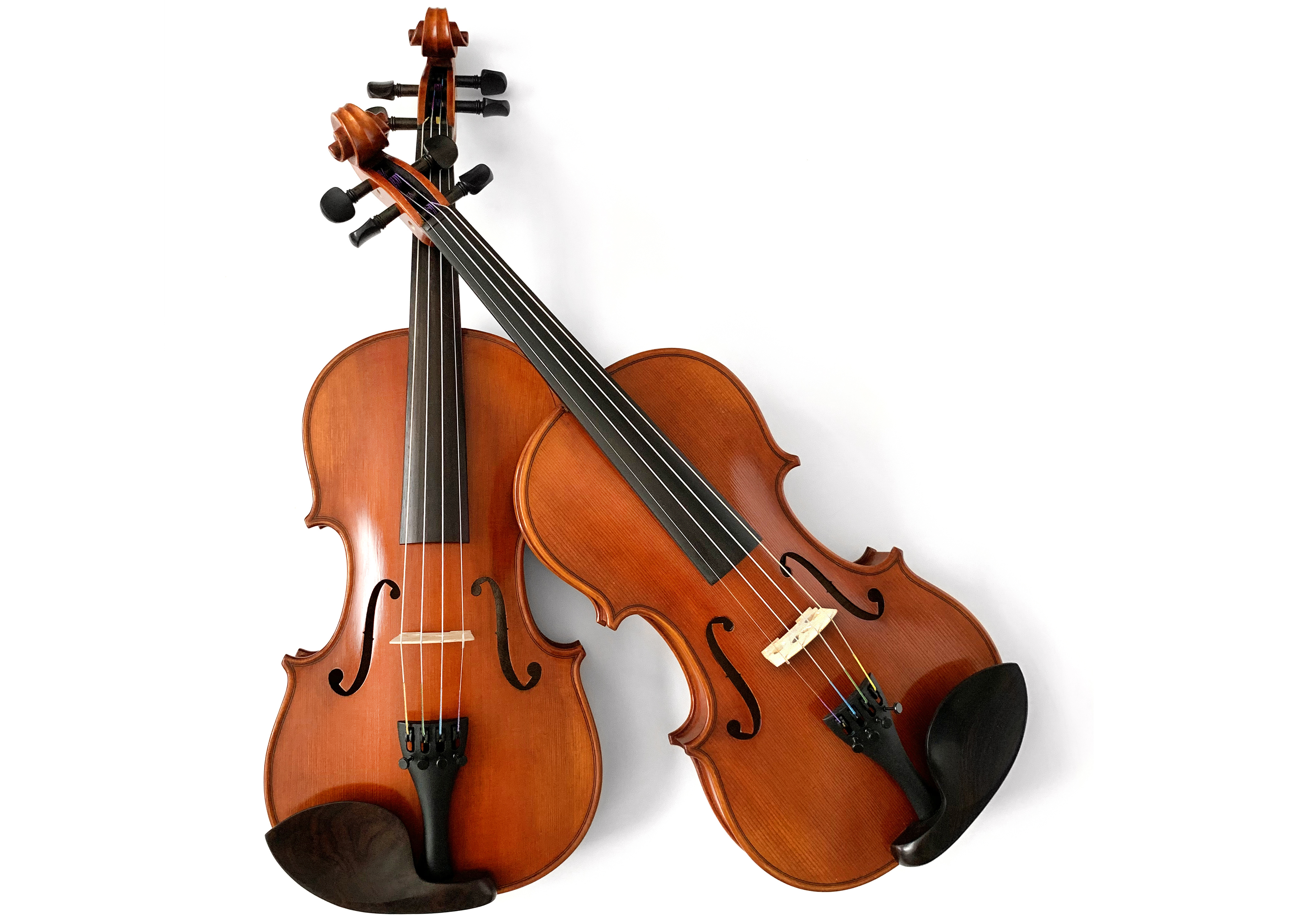
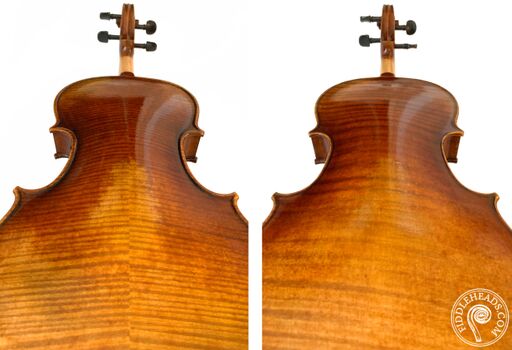



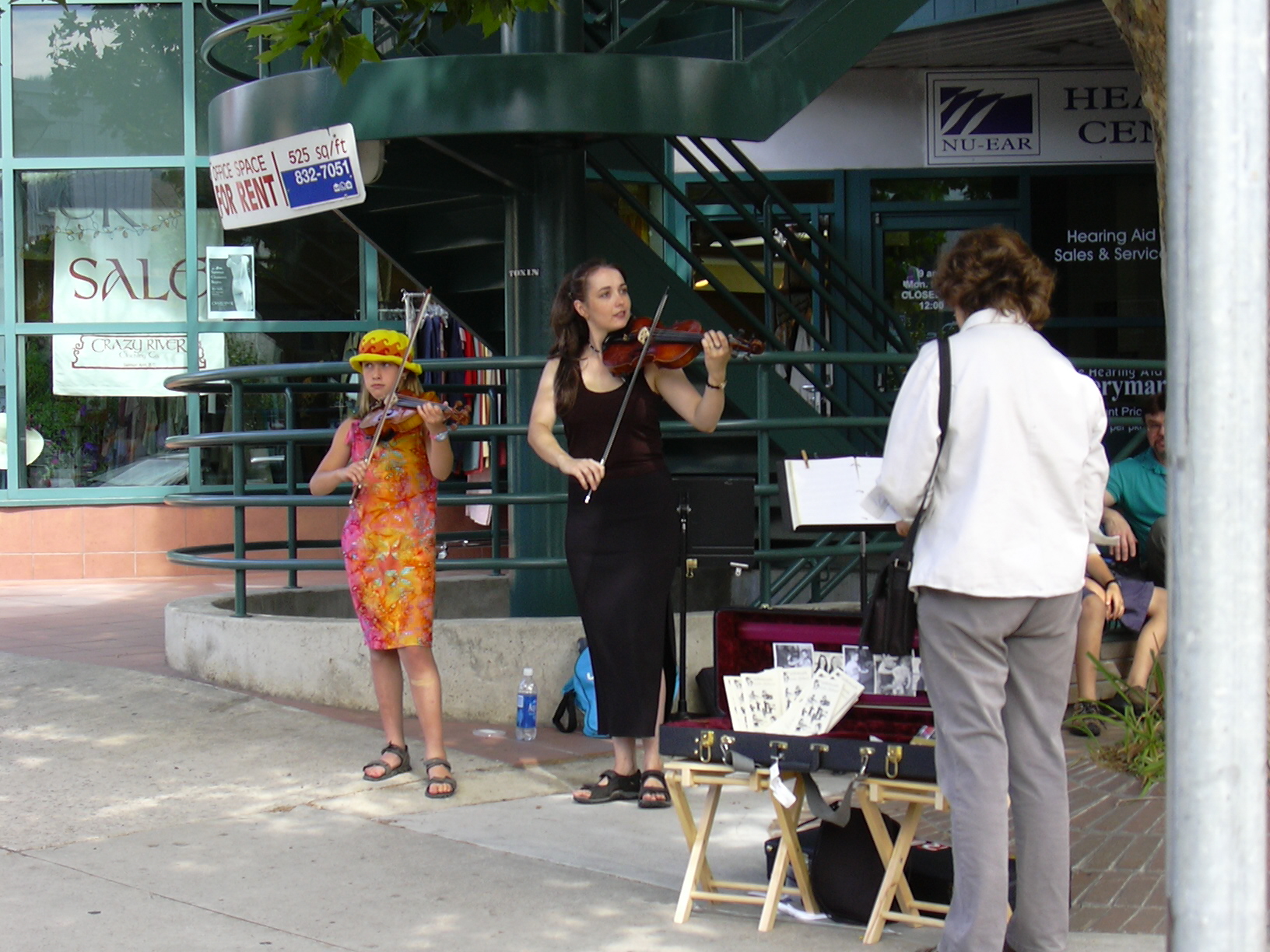
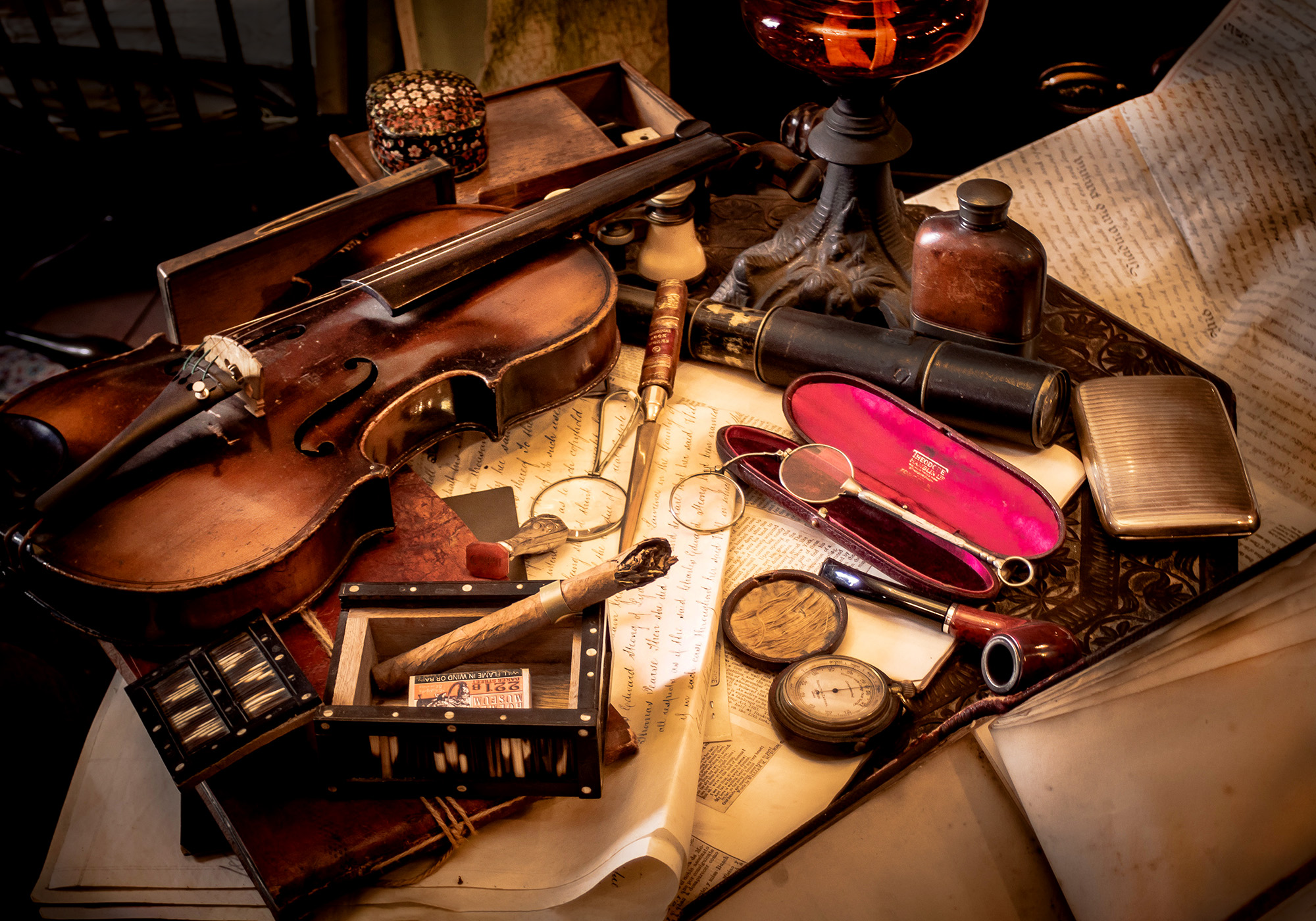
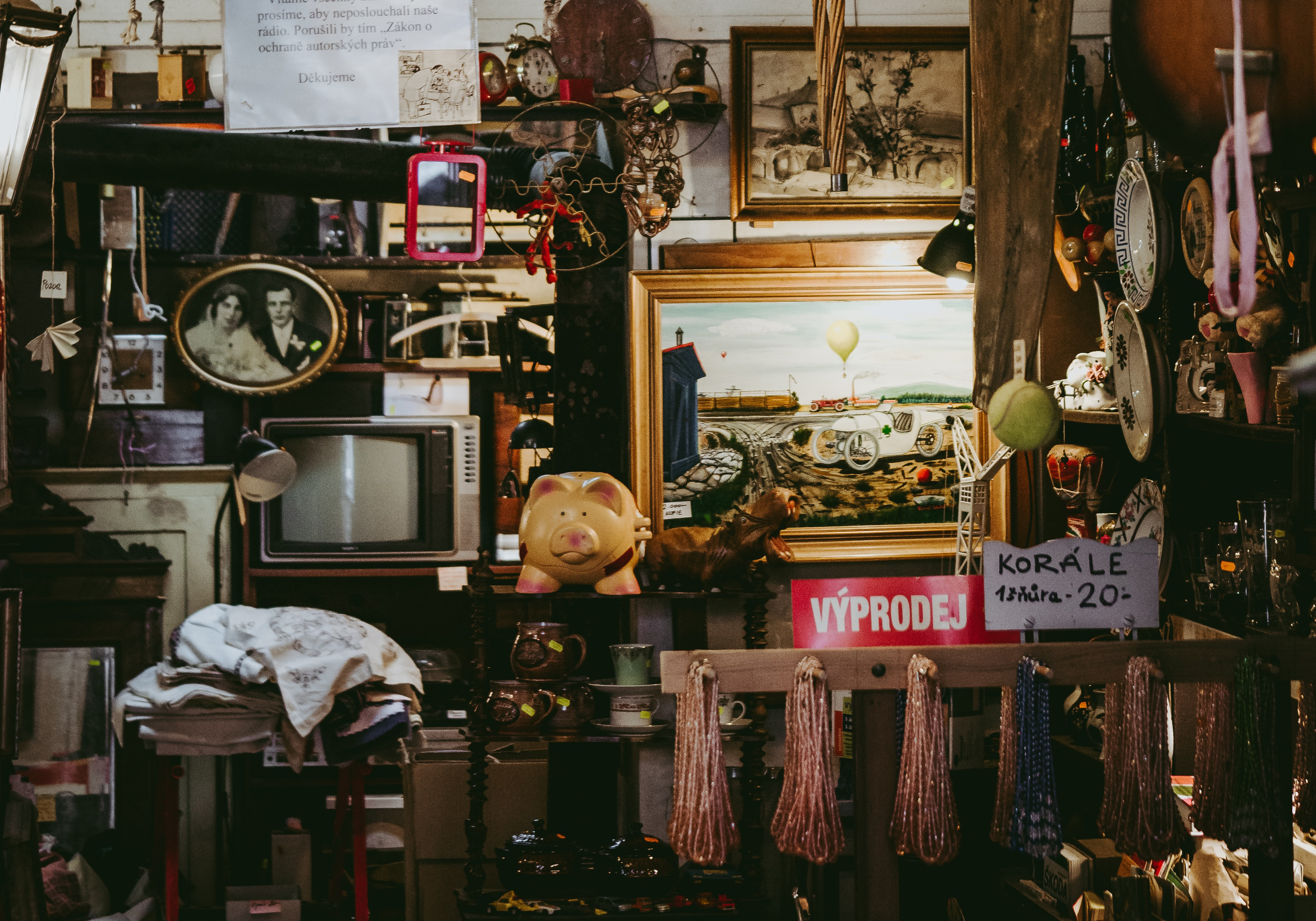



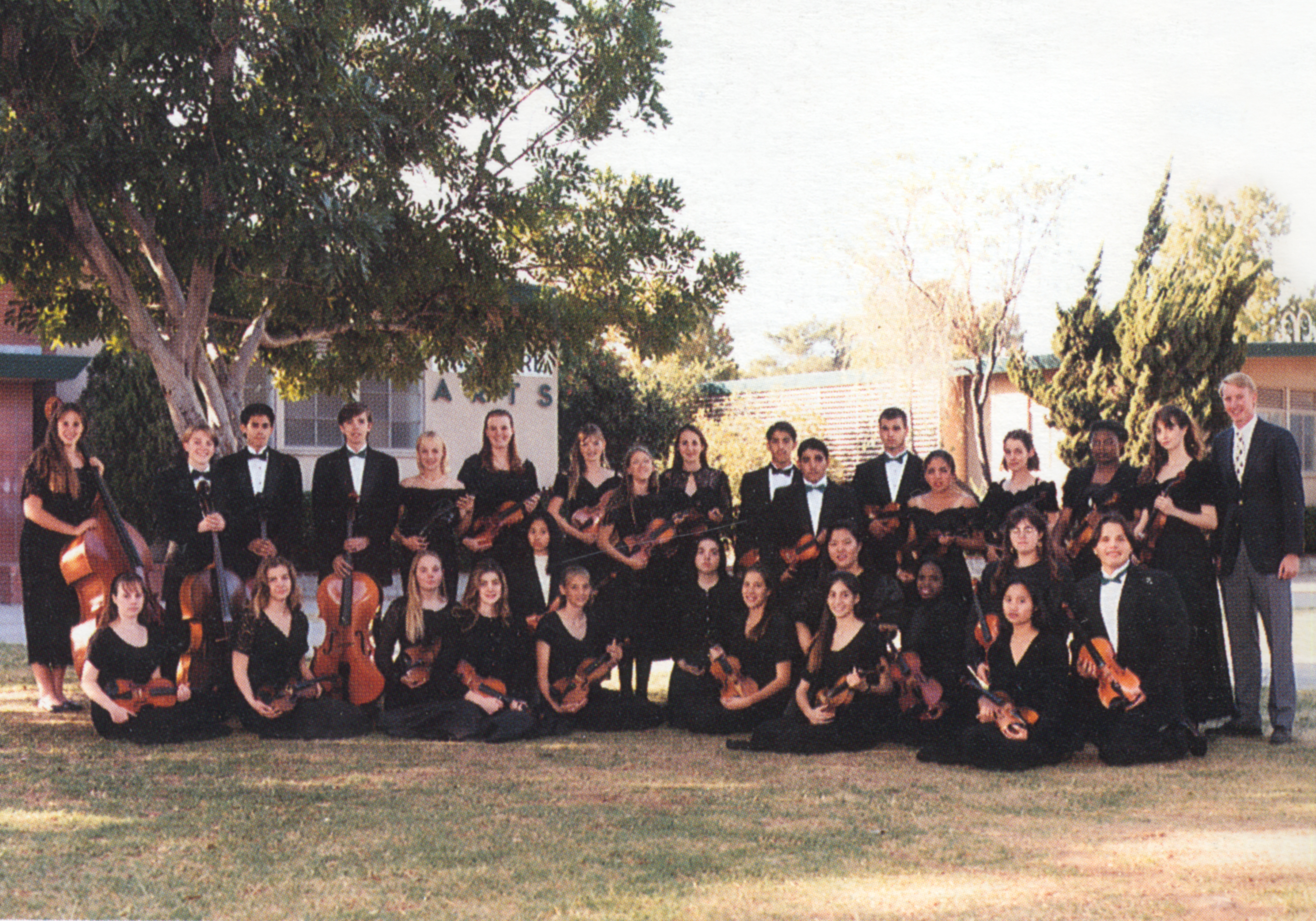
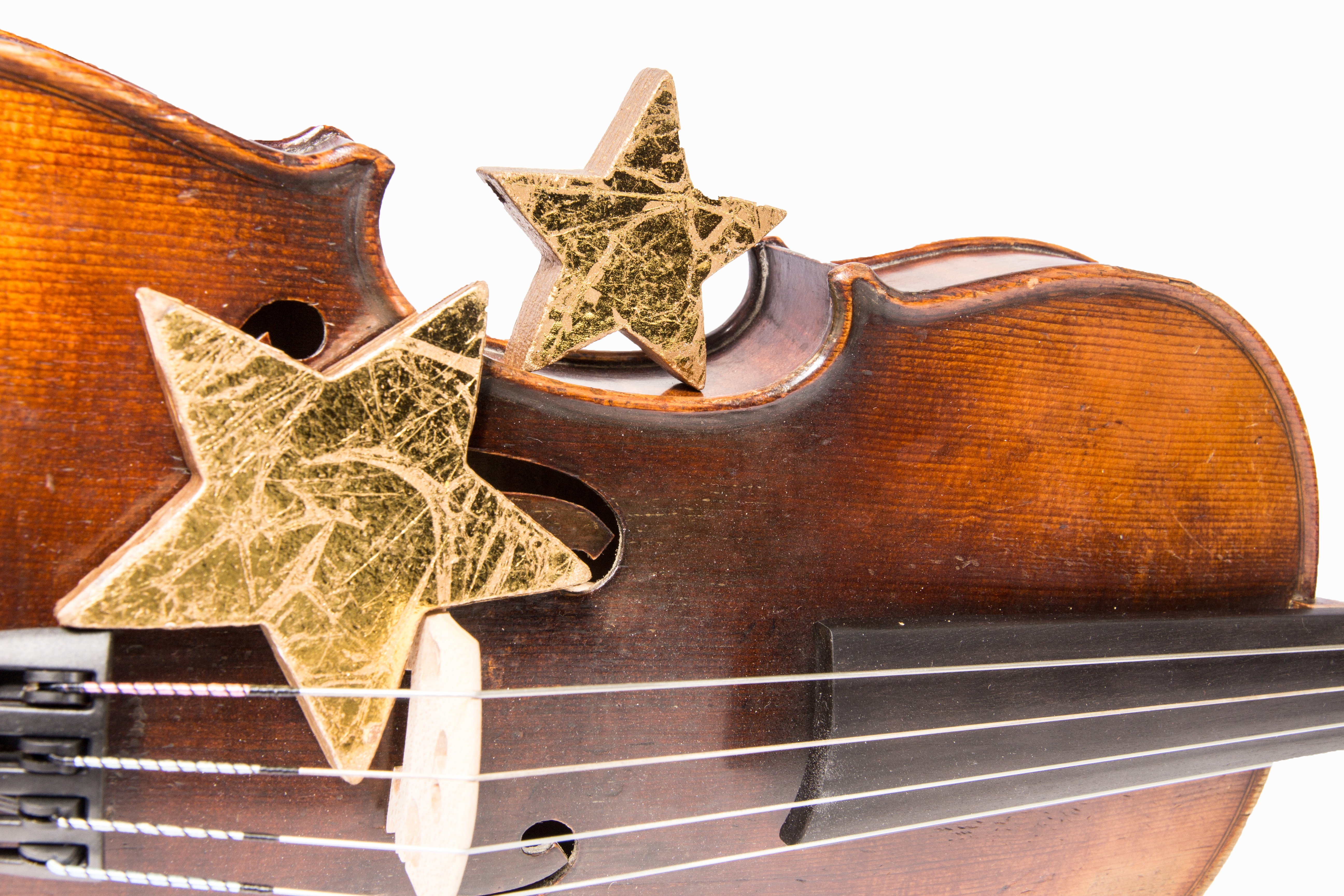


I'm a 70 year old lefty that's played right handed string instruments (upside down) since my teen years. 3 days ago I bought a Left handed violin. Found your website and article on left-handedness and read everything about your incredible journey.
I was so inspired with your musical journey that I wanted to thank you for sharing your love of music with all of us aspiring to become better musicians. I play guitar, uke, bass, piano, and Native Indian flute (my fav) all self taught, I've always longed to add violin to my arsenal.
You are awe inspiring. LOVE, Love, Love the Lady in the Red Dress!! Blessings. I'm excited for my Violin journey!!
Your article was helpful in that maybe we should start out daughter with a lower end model right-handed version, ensure she likes it and will be dedicated to stick with it.
We will definitely keep your business in mind for future violin purchases! Thanks again for your help!